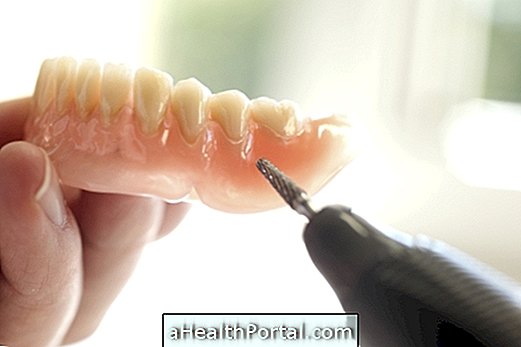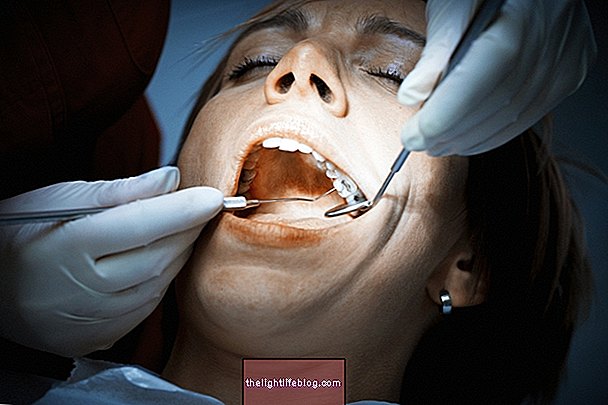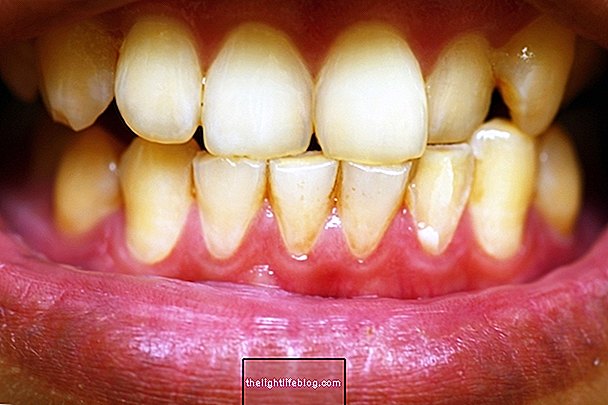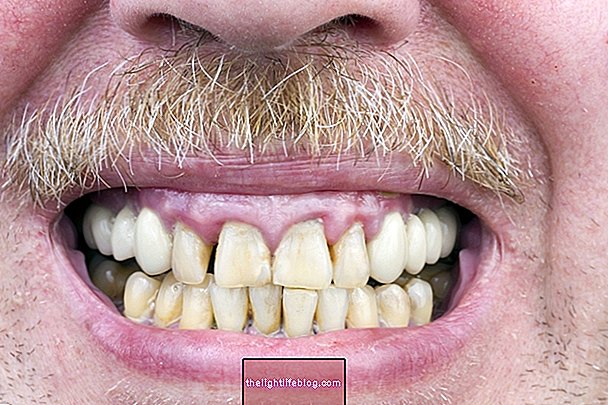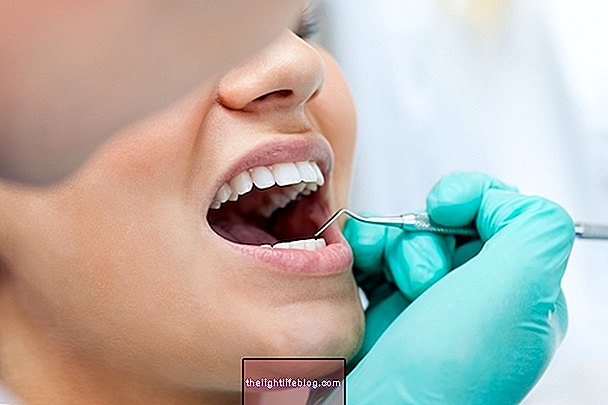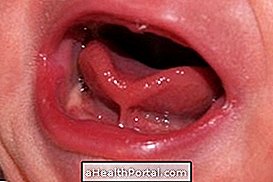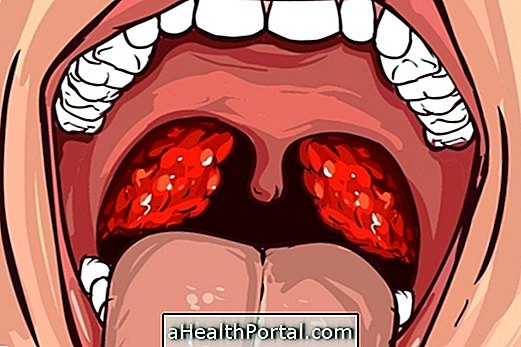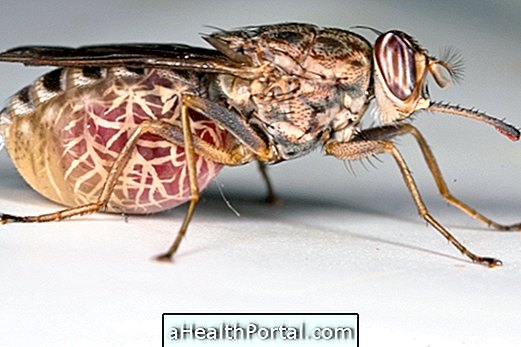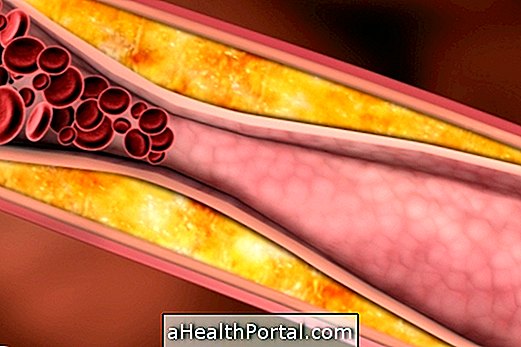Tooth filling is a dental procedure often used in the treatment of cavities, which aims to cover perforations that have been formed in the teeth due to the excess of microorganisms in the mouth and poor hygiene habits, causing pain and discomfort.
The filling is a relatively simple procedure and must be done in the dentist's office under local anesthesia, with a material known as a obturator being placed on the tooth to be treated to avoid compromising the root of the tooth and the appearance of complications, such as tooth loss, for example.

What is it for
The filling is usually indicated by the dentist in the treatment of caries, because it is able to close the perforation of the tooth and prevent the compromise of the root, in addition to being able to prevent the microorganisms from proliferating again in the place, giving rise to the caries again.
Thus, the filling serves to return the function of the tooth without pain or discomfort and, therefore, it can also be indicated in the case of broken or cracked teeth and in the treatment of bruxism, for example.
How the filling is done
The filling is indicated by the dentist after the observation of the tooth, that is, it is checked if the tooth has any dark spots, if there is pain and sensitivity in that tooth and if cavities can be identified. In some cases, the doctor may order an X-ray to check if there has been nerve involvement and if there are signs of more teeth with caries.
Thus, after the dentist's evaluation, filling can be indicated with the objective of reconstructing the affected tooth and it is done from the application of a material, usually with amalgam, in the affected tooth site to cover the perforation that may exist.
The filling is one of the last steps for the treatment of caries and, therefore, it is done under local anesthesia. After removing the tissue with caries, the obturator is applied to cover the "little hole" and, thus, prevent the development of caries again. See more details about the treatment for caries.
After filling, it is important that the person follows some recommendations from the dentist so that the filling becomes rigid and there is no risk of complications. Thus, it is important that the person chew all the food well, avoid the consumption of chewing gum or very hot or cold food, and brush your teeth well paying attention to the filling tooth.
See in the following video how to prevent cavities and, thus, avoid filling the filling:

Was this information helpful?
Yes No
Your opinion is important! Write here how we can improve our text:
Any questions? Click here to be answered.
Email in which you want to receive a reply:
Check the confirmation email we sent you.
Your name:
Reason for visit:
--- Choose your reason --- DiseaseLive betterHelp another personGain knowledge
Are you a health professional?
NoMedicalPharmaceuticalsNurseNutritionistBiomedicalPhysiotherapistBeauticianOther
Bibliography
- Costa COSTA, Cristiana R. Thermoplastic obturation techniques. Master's Thesis, 2014. Fernando Pessoa University.
- LEITE, Ana Mônica M. M. Obturation in endodontics. Obturation in endodontics, 2014. Fernando Pessoa University.
